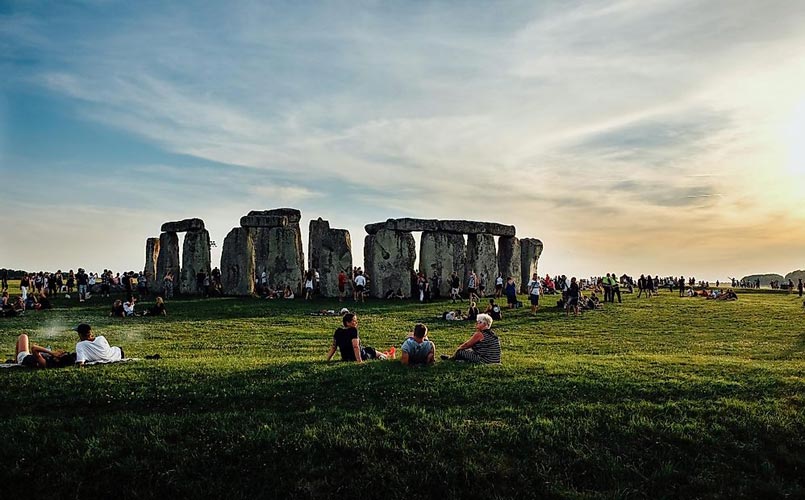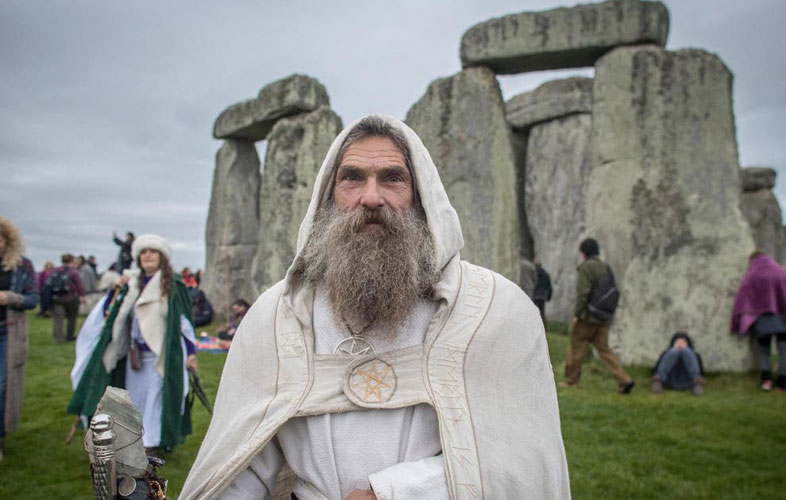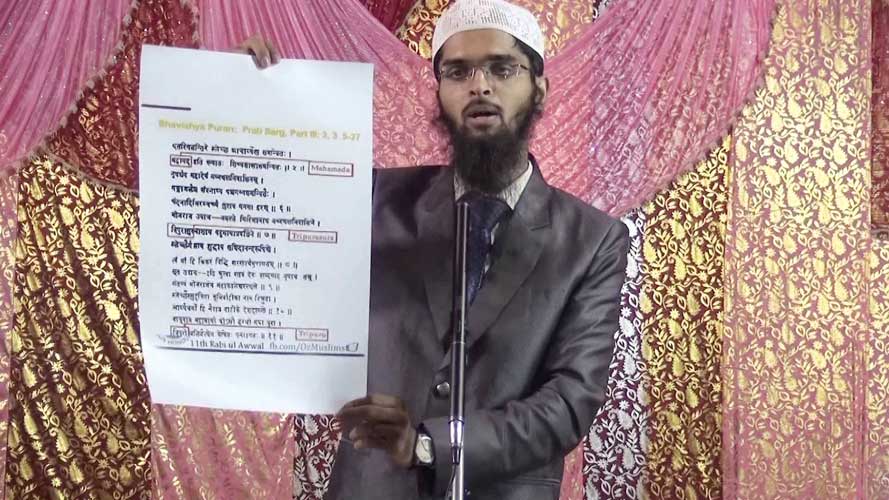Common Questions on Paganism Religion
Paganism Religion is a religion (or field of related religions) in its own right, being traceable from prehistoric times through most ancient and modern cultures and maKing a continuing contribution to the spiritual evolution of our species.
It is not rigid or dogmatic in the form its exact expression depends on the individual Pagan or willingly cooperating group of Pagans. This Credo is therefore itself not dogma, but an attempt to describe the mainstream characteristics of Pagan philosophy.
Paganism Religion aims to offer a way to recognize and attune oneself with the manifold forces of Nature, which already exist within and without us, and which are vital to our survival, fulfillment, and evolution. By celebrating the seasons and becoming one with other living creatures, Pagans synchronize intimately with the planet, and liberate their personalities and magnify their perceptions and talents, in the interests of themselves, their groups and communities, and humankind as a whole.

Who were the first pagans?
Independent pagan religions evolved around the world autonomously and synchronously in response to the way local societies tried to cope with the vagaries of life. The fact that all these pagan beliefs have a core similarity running through their liturgy and cosmologies reflects the universal nature of the human condition. Thus pagan symbols from 4,000 years ago, such as the Fylfot Cross, have been found carved in stone in places as far apart as Ilkley in Britain and Mycenae in Greece. The pagan temple of Gobekli Tepe, in Turkey, is the oldest one so far discovered at 9,000 years BCE, but Paganism Religion undoubtedly existed for thousands of years before that, though nobody knows who the ‘first’ pagans were.
When did Paganism End:
Remember that Paganism Religion is a prehistoric religion and far pre-dates the monotheistic religions. Paganism never ended in as much as recusant Pagans continued to worship their old gods in secret or tacitly as part of hybrid deities( such as the Irish pagan goddess Bridgit, later canonized by the church as St Bridgit and made synonymous with Mary). Unable to ban Paganism because of its popularity, the early church instead tried to subsume it. Most early churches in Britain were built upon pagan sacred sites ( for example St Paul’s Cathedral in London is built upon a Roman Pagan Temple) and some had side-altars to pagan deities to try to pacify pagan traditionalists.
Is Christmas Pagan?
The festival we know today is Entirely based on Pagan precepts and celebrations from many different pagan civilizations which were observed long before Jesus was born. Christians hi-jacked the Roman Saturnalian revelries and the Nordic Yuletide both of which celebrated the turning of the new year. Christmas carols were also pagan and bawdy but sanitized by the Church. Even the nativity story (which was itself a retelling of Zoroastrian sun-god myths [right down to the three wise men] ) is not uniquely Christian.
Is Easter a Pagan Holiday?
Yes, it is. It marks the start of the agricultural year and thus goes back at least 10,000 years when pagans invented agriculture. Passover is only 5,600 years old according to the Torah, therefore Pagan Eostre pre-dates it by many thousands of years.
Who Destroyed Paganism Religion?
The fledgling Christian Cult had gained influence during the time of the Roman emperor Constantine. Harried by the Goths and the collapse of the Roman Empire Constantine looked to Christianity to act as a unifying force for the disparate countries that made up the Empire and so for the first time decreed that Christianity would become the state religion of the Empire. Once the Christian Bishops had got their monopoly power they began oppressing the Pagan cults and closing down their temples little by little. 40 years later (392) The emperor Theodosius, in response to the church’s demands, made the closing of pagan temples uniform across the Empire. This was resisted by Pagan believers who continued to worship their old gods in secret places, groves, and high-places of significance ensuring a continuance of pagan ideals as a sub-culture right up until modern times. The Papal Crusade against Lithuania in 14c was the start of the witch-hunts of the 14c 15c and 16c. Although generally thought to illustrate the subjugation of rustic Pagans the burnings were undertaken by the church because of political pressures brought about by the rise of Islam and the incursion of Moslem armies into the Eastern Empire, necessitating 9 separate Crusades undertaken by the church to try to defeat Islam. In the later years the subjugation did not involve Pagans or Moslems but Protestant dissenters, Jews, and other sects (eg Zoroastrians) who were singled out for extirpation in a futile attempt to avoid the Holy Roman Empire breaking up.
Behind all of this, the traditions of Paganism Religion continued in disguised form and during the 1960s these threads began to be gathered together and the religion reformed after the British witchcraft act was repealed in 1951, becoming the Neo-Pagan revival which is with us today.
World Religions
Read also:
Pagan religion | History, Types, beliefs, worship &More
Paganism | Common questions on Paganism Religion
Types of Paganism | What are the different types of paganism?
Naturalistic Paganism | What is Humanistic/Naturalistic Paganism?
Native American Religion | beliefs, history, major, practices &More
Vedanta | Meaning, Teachings, Philosophy And Vedanta Academy



